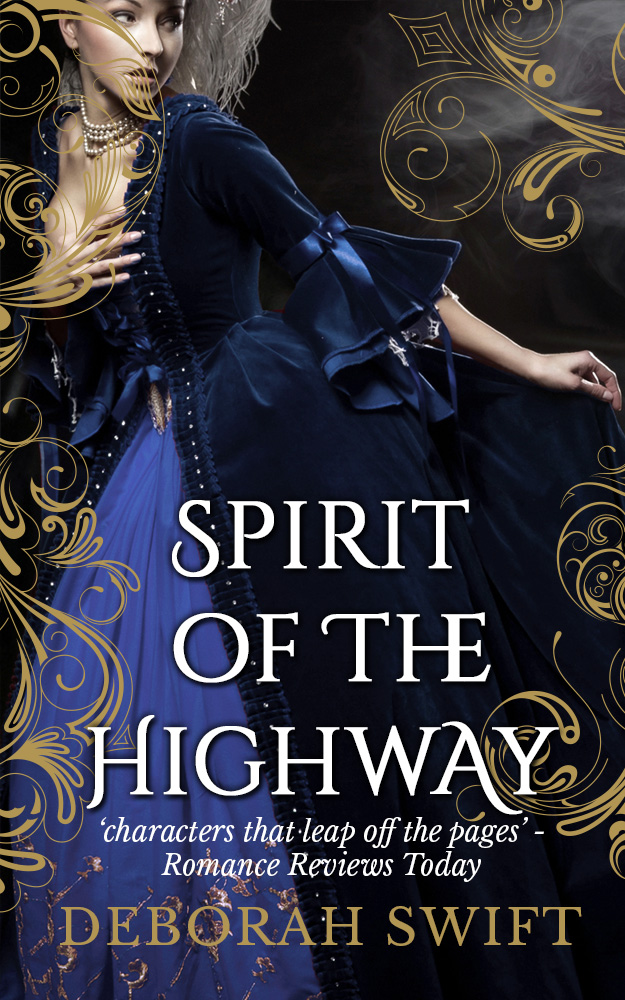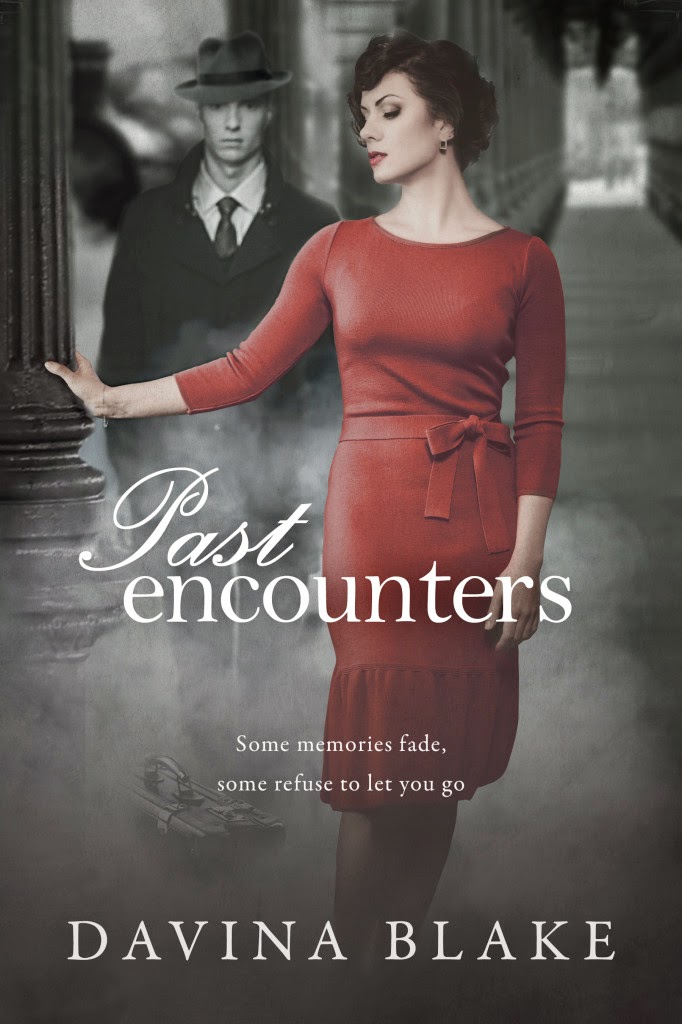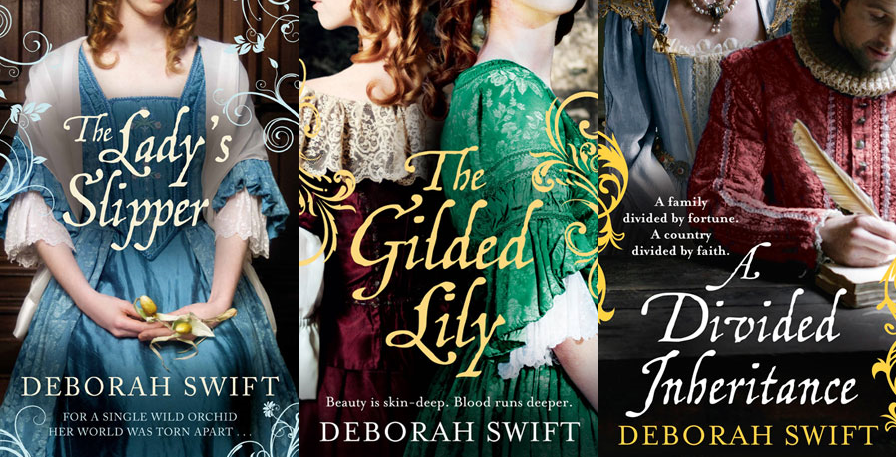Below is an interview by David Isaak with Ciara Hegarty, also published by Macmillan New Writing, about her new novel, just out, The Road to the Sea. A heartbreaking debut by a striking new voice in Irish fiction.
It is the late 1940s in rural Ireland, and Kathleen Steele has been prematurely thrust into adulthood by the death of her twin sister, Nuala. Debilitated by grief, their mother has descended into a state of near-catatonia, and it is left to Kathleen to care for her younger siblings, and her taciturn father.
When a traumatised young man, Joseph Foley, mysteriously appears in the small farming community, a tentative love affair develops. But as Mrs Steele’s illness deepens, Kathleen’s relationship with her father grows ever more disturbing. When Kathleen agrees to marry Joseph, her mother begins to regain her health. But by then it has become clear that the events of the intervening years will cast a dark shadow over the new generation.
Tender and unblinking, The Road to the Sea is a novel about faith and fidelity, about the heart’s ability to break, and to heal. A paean to the lost landscapes and communities of Ireland, and a meditation on the responsibilities of parents, this is an exquisite debut from a young novelist of great promise.
Hi, Ciara. Tell us a little about your novel, The Road to the Sea.
Hi...Well, it’s set in rural Ireland in the 1940s and is centred around the character Kathleen. It’s mainly from her point of view, but other characters’ voices also help tell the story. The story is concerned with Kathleen’s relationship with her father, which is defined to a major extent by the death of her twin sister a few years before – an event which has affected the whole family. It is about the effect this relationship has on the story of Kathleen’s life and, of course, those surrounding it.
How did you and Macmillan New Writing meet?
I had only decided to try getting the novel published after I’d written it, despite having always wanted to be a writer, and had heard of MNW through a friend and thought I’d give it a go. I was totally amazed (still am!) that Will rang up saying they’d be interested in publishing it. I remember it very clearly as it was a rare snow day (too warm in Dorset for much snow, much to my children’s dismay!) and, living closest to the village school (which had closed early), I had a house full of children camping out till their parents could pick them up...one little boy called Will kept running in and out causing mischief while I was trying to talk to Big Will lol! And I was trying to have a grown up conversation with him while whispering ‘Not now, Will...go downstairs for a minute – Will, don’t touch that!!’ etc. Hehe.
It’s always interesting to hear how an author settles on the milieu for a novel. Yours begins in rural Ireland in the 1940s. What drew you to this setting?
I have strong links with Ireland, both familial and...I guess spiritual, at the risk of sounding really naff. It’s my second home. Although I grew up in London, I think I consider myself more Irish than English - long, happy summers were spent in Cork, deep in the countryside, with no phone or telly, the only toys a beat-up Irish version of Monopoly and lots of badminton rackets (recalling this, I’m wondering why my badminton skills are so abysmal!) I guess it was only natural for Ireland to seep into my writing. Not sure where the 1940s bit came from...I suppose I am quite preoccupied with the past in general, and there was a simplicity that I fell for, of bygone ways to our holidays there, which I have carried with me to adulthood, which I suppose tends to infiltrate my writing.
What is your typical writing day?
I am not generally an organized person, but I’ve found I’ve fallen into a natural pattern with my writing – I tend to do a good couple of hours in the morning in one of my favourite cafes/studies! For some reason I just can’t concentrate at home in the morning. And I find late at night (rather annoyingly) productive...black bags are the curse of nocturnal scribblers!
Do you compose by pen or by keyboard, or what...and why?
Pen. Or most usually pencil, in various notebooks...it’s a bit of a jigsaw fitting everything together at the end. I try not to type anything onto the pc until it’s done because if I do I start to fret and lose my train of thought. I haven’t got a very good relationship with technology!
Which authors do you feel have had the most influence on you as a writer? And which do you most enjoy reading? (Not always the same thing, of course.)
Hmm...tricky question. I don’t know I can answer the first part...I guess any influence would be subliminal. I do adore reading, especially in bed at night, but I find reading while I’m writing too distracting...or it makes me feel guilty that I’m not spending that time writing my own! So, to be honest, I don’t read all that much (a shocking admission for a writer?!) but when I do pick up a book I can’t put it down and I think to myself, This really is the Best thing in the world...
What question would you like to be asked that I haven’t asked here—and what would you answer?
Q: Would you like me to magically give you several more hours in the day?
A: Yes please!!
Can we please have the traditional Four Random Facts about Ciara Hegarty?
I have broken the same toe on my left foot twice – the first time by dropping a plate on it...the second by dropping a jar of Branston’s pickle on it :( Poor toe. I think it is safe to say I am rather accident prone.
There is only one thing I miss about my old London life – Ceroc...if you haven’t tried it, go – it’ll be the most fun you’ve had in ages! (Unless of course any of your toes have recently had an encounter with a jar of Branston’s pickle, in which case you might want to wait a while.)
When I’m not writing (or looking after children/dog/rabbit) I paint.
I am secretly a bit of a geek – geocaching.com (I’m not saying anything else!! Except that if you know what I’m on about our user name is Otti_Toto_Acorn.)
Thanks, Ciara, and best of luck with The Road to the Sea, which arrived in on bookshelves on February 5th.














